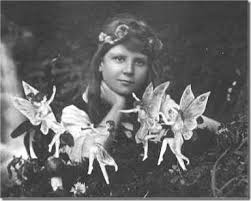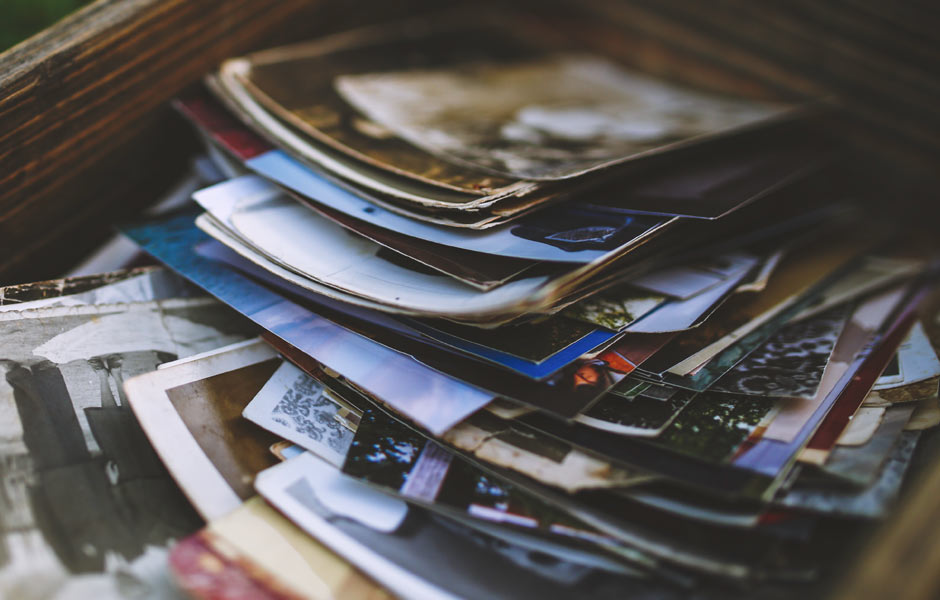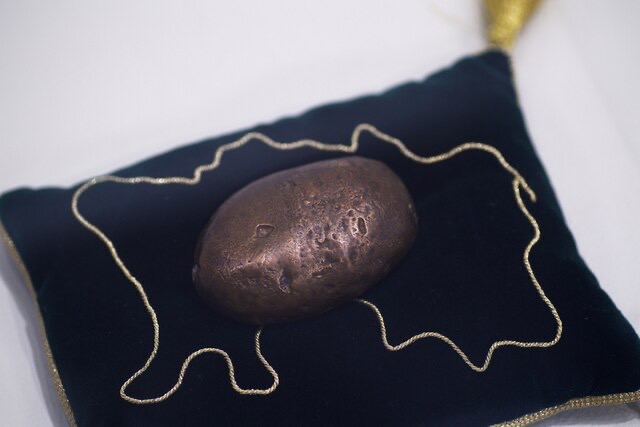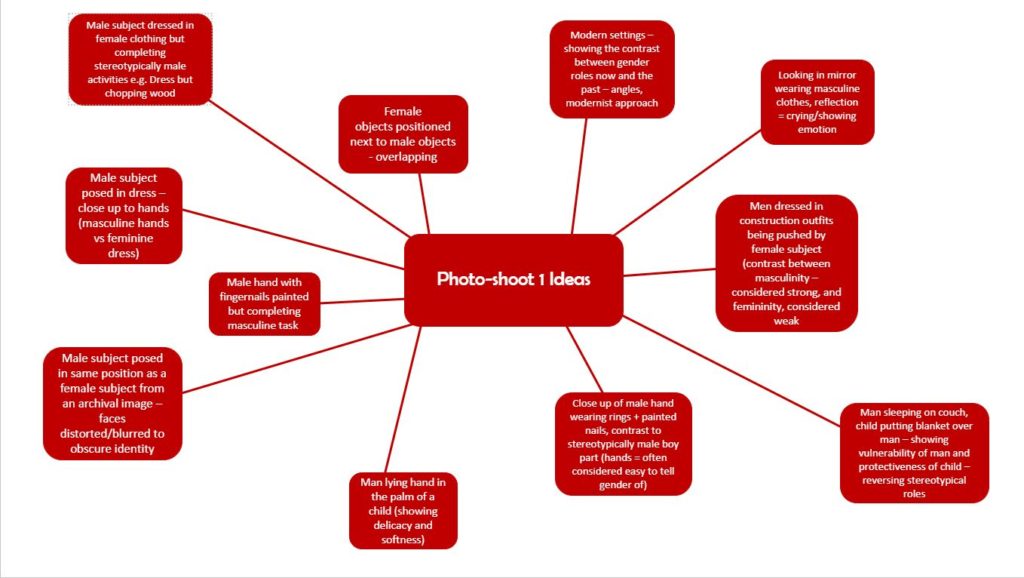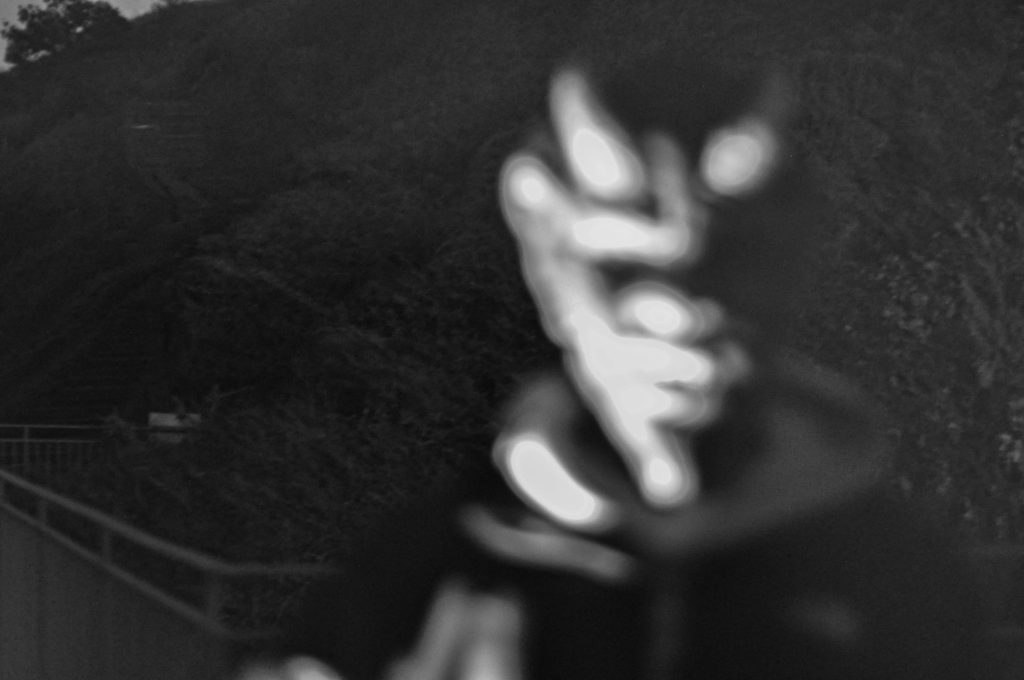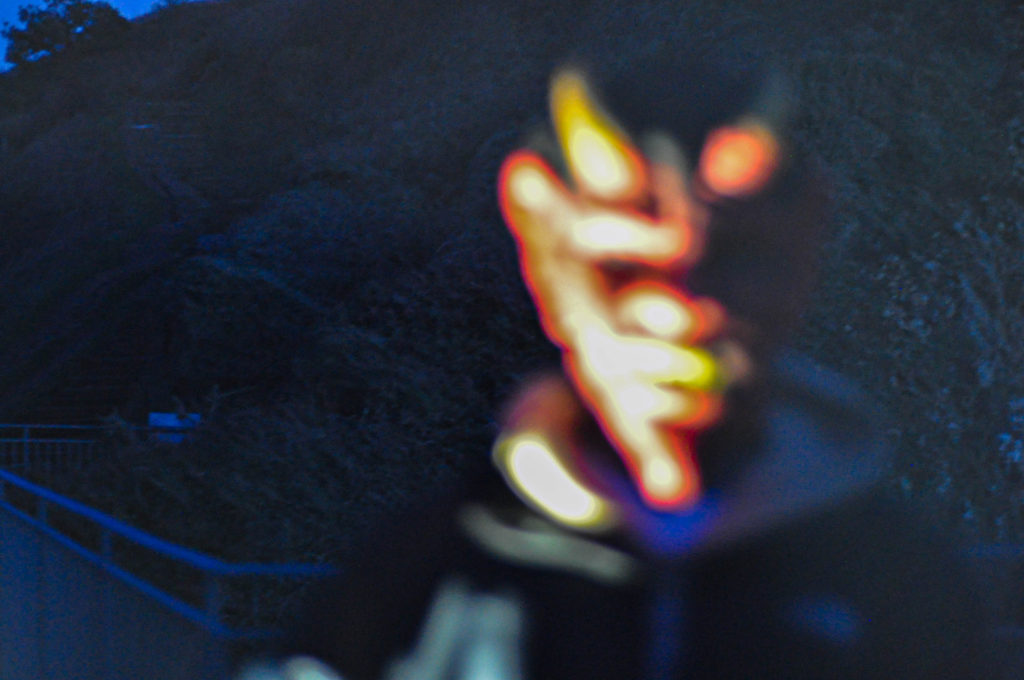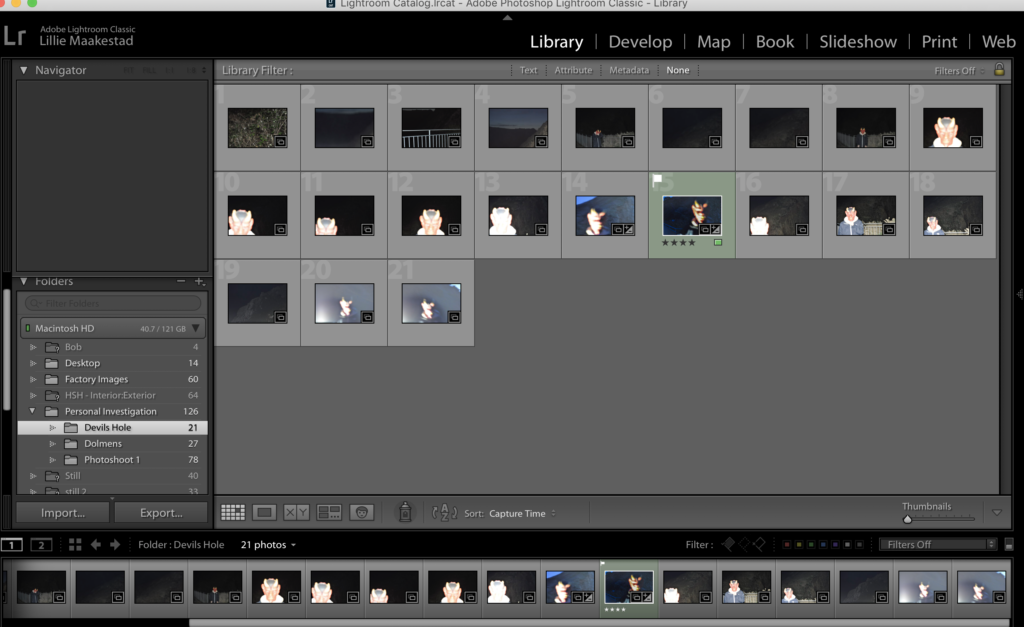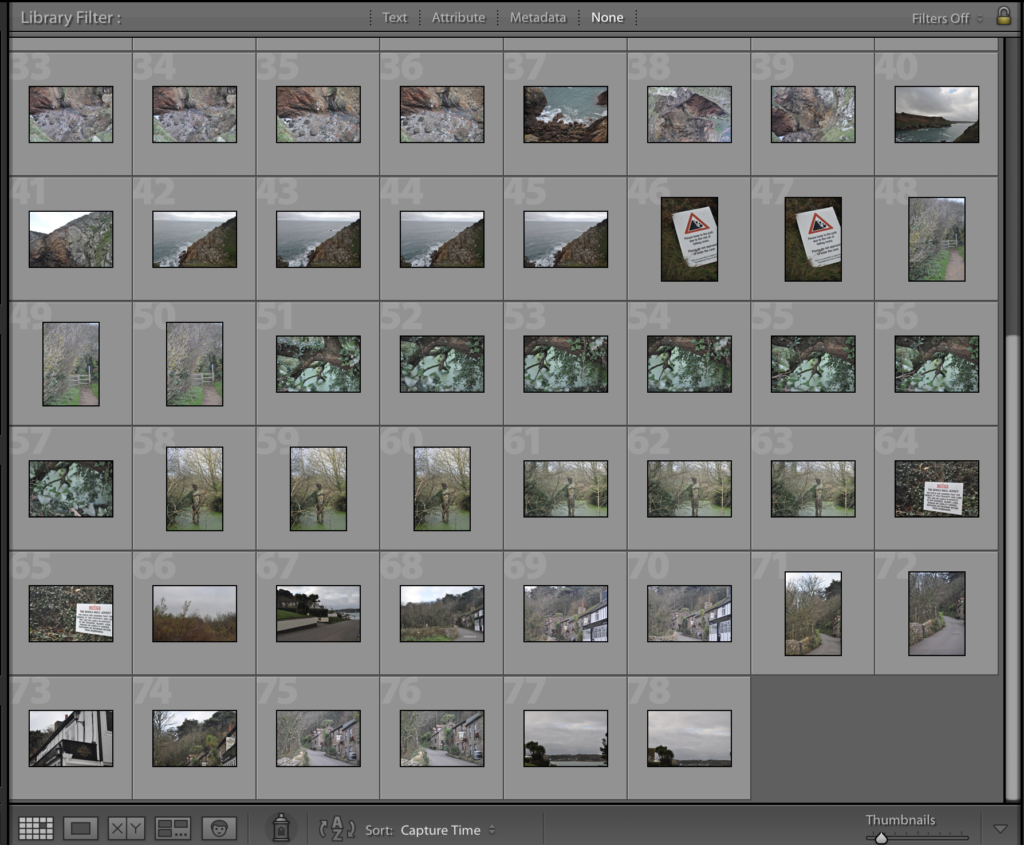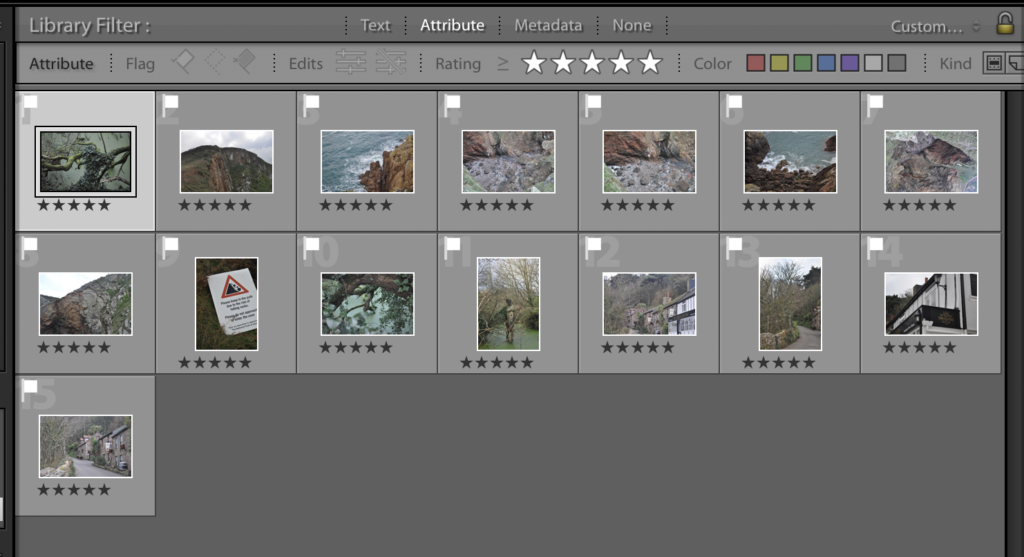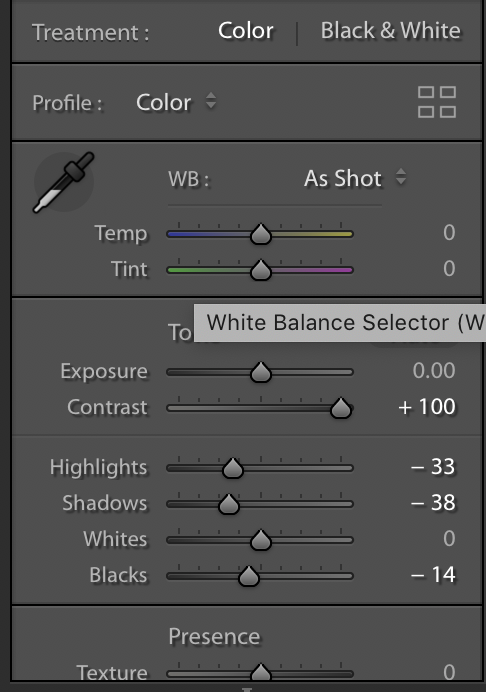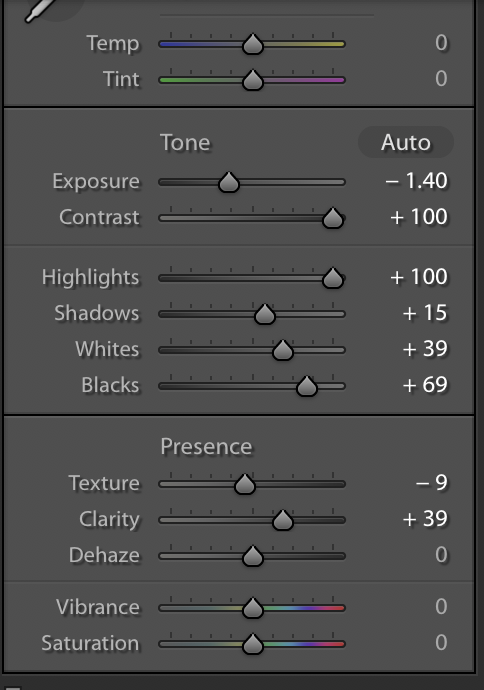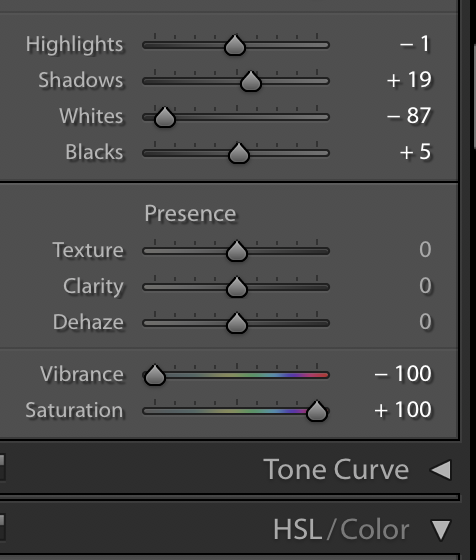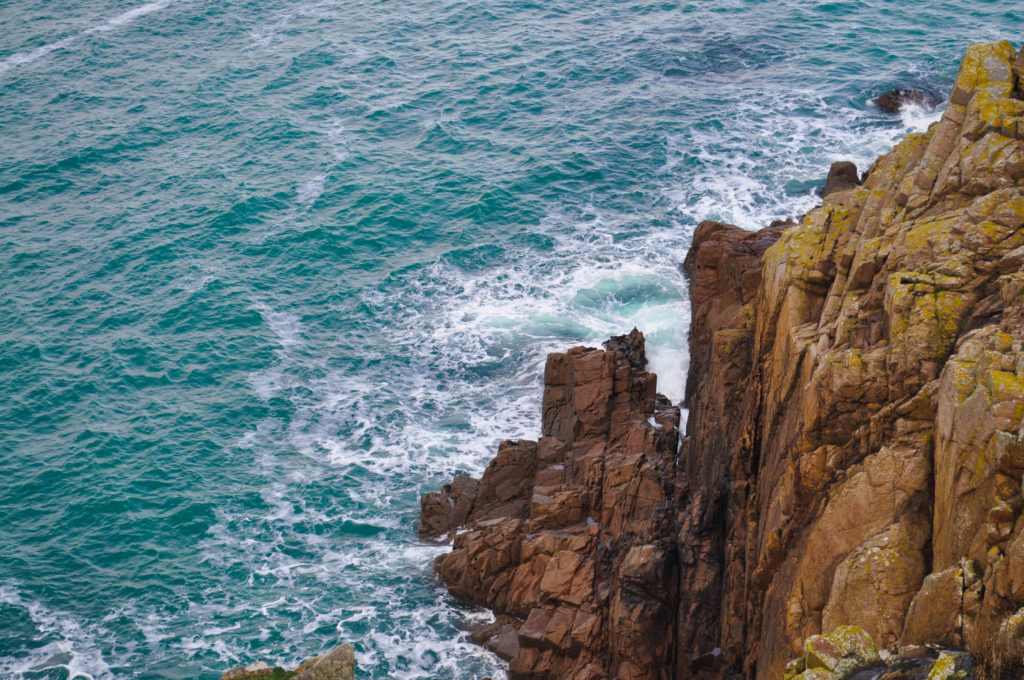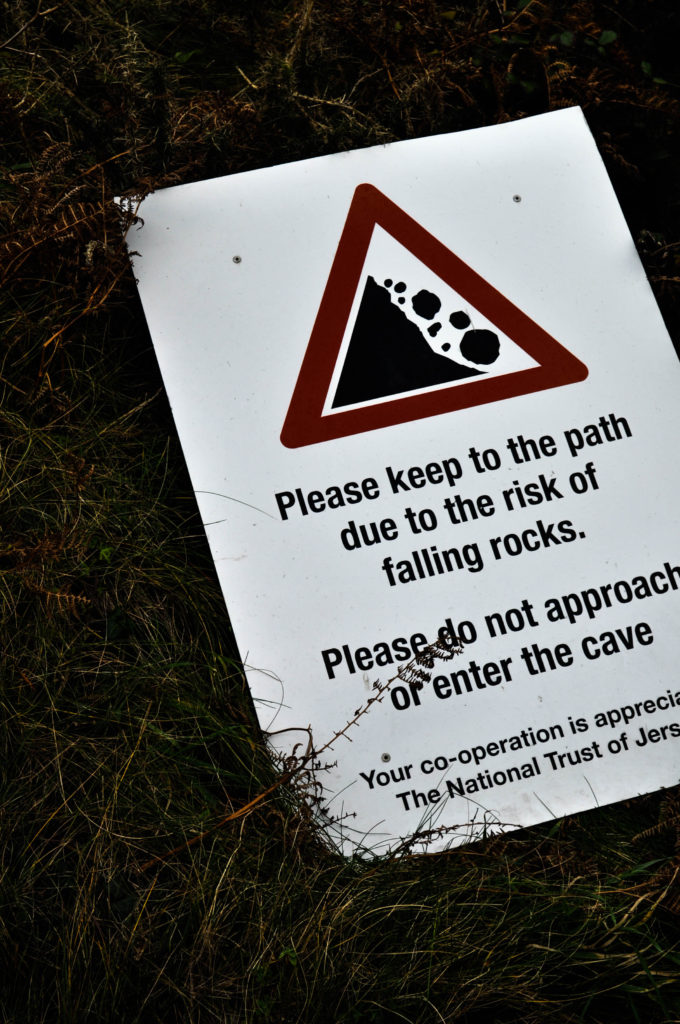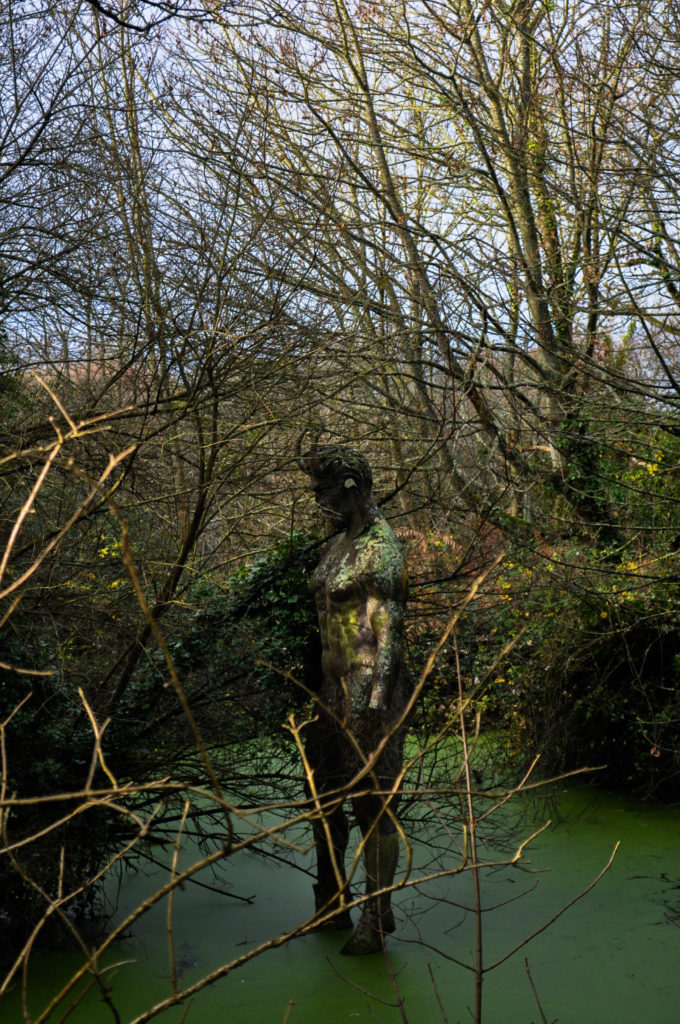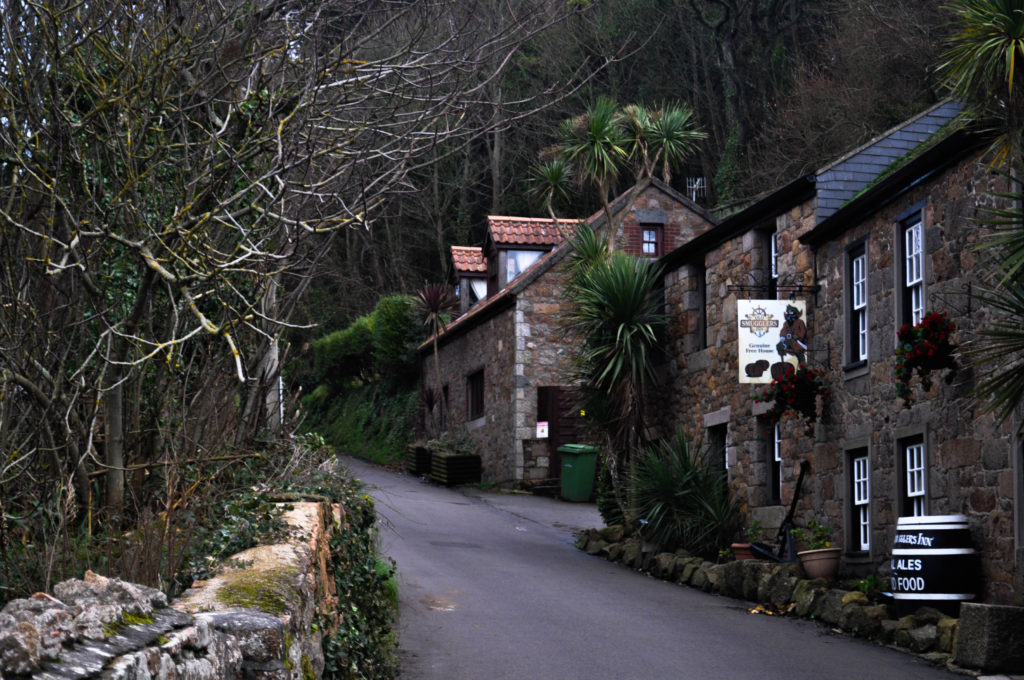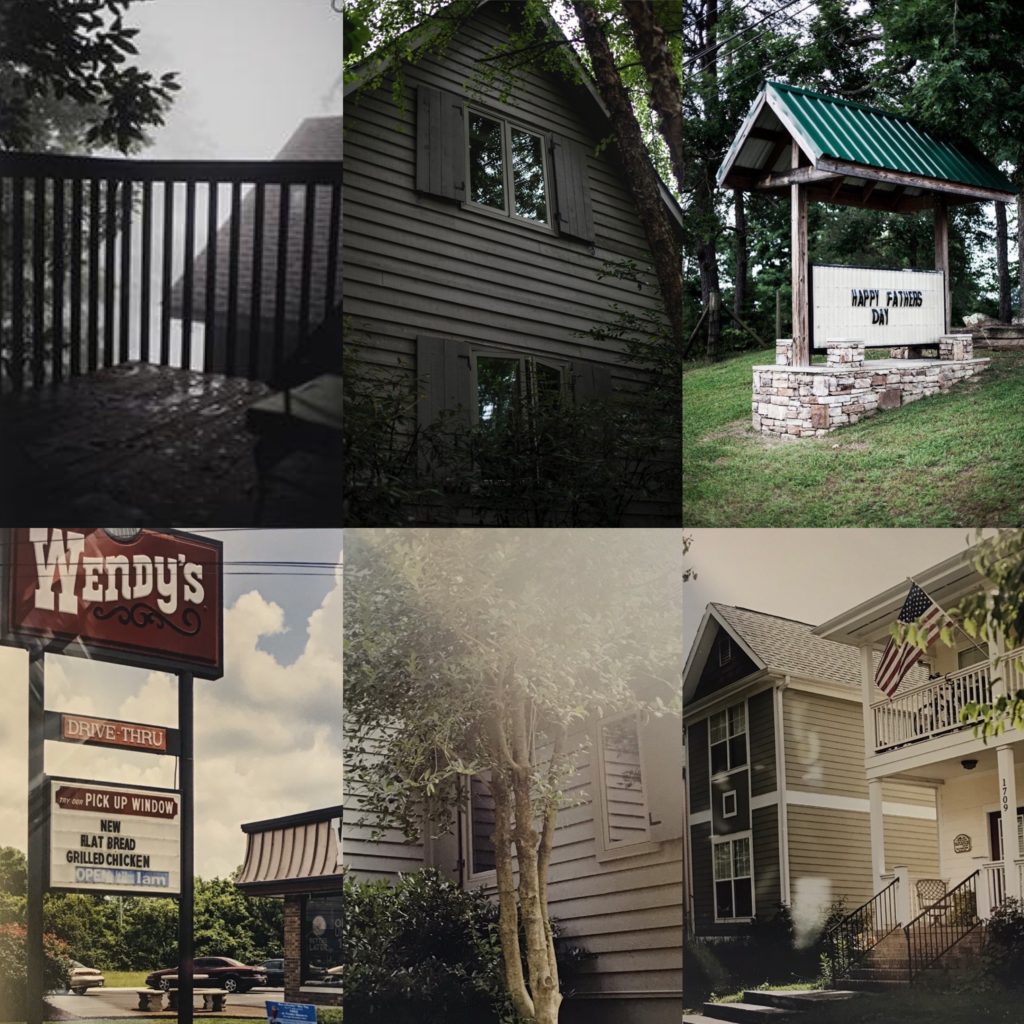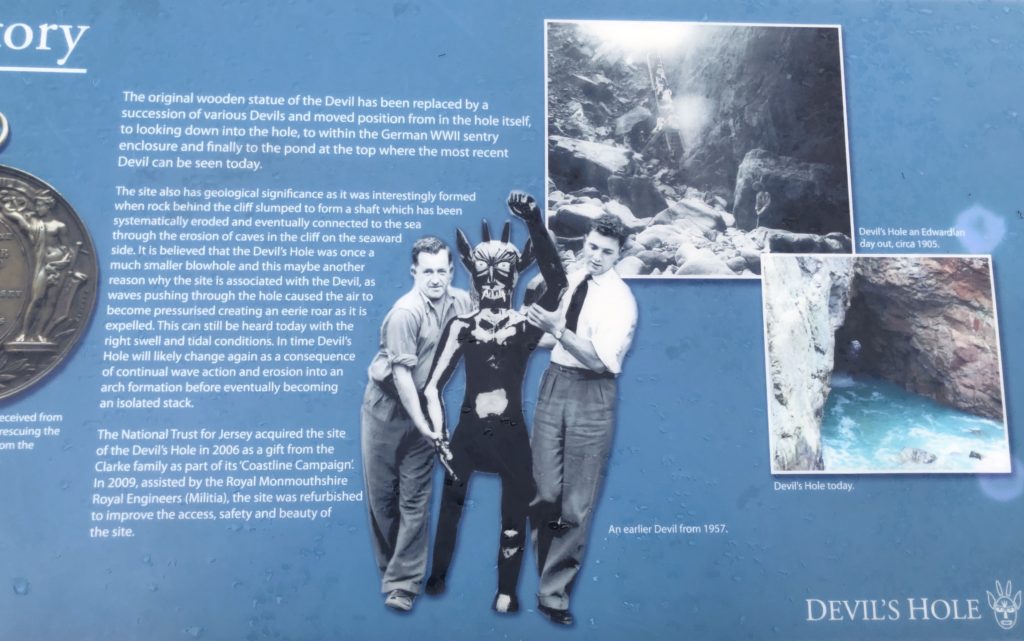Fairies is a legend and stories that inhibits all of the Channel Islands, looking specifically into Jersey’s history with mythical fairies I have found that it to be one of the favoured and known legends of the islands being habited by fairies. The islands fairies are strongly associated with prehistoric sights, MacCulloch, art historian and academic, notes it was best believed that the fairies inhibited the island before the people who are here now and ‘that the cromlechs were erected by them for dwelling places’.
It has been said that people who interfered with the ancient monuments would be punished by the fairies, it was considered extremely unlucky to meddle with the ancient stones because of the ‘wrath of the spirits’ who inhabited these places. It has been known that in areas of the parish of St Johns fairies have blinded people who have disturbed the lands around them.
Mr Hocart who once broke up the ancient stones of La Roque Qui Sonne at L’Ancresse for building material was said to have been cursed. As soon as his house was complete a fire broke out killing the servants. Parts of the stone were sent to Britain for sale and the ships which carried them sunk. The story of Hocart is noted in 19th century guide books, with various gruesome misfortunes befalling him.
For this photoshoot I plan to use a tableaux effect, placing people in costume that similar to representing that of a fairy and creating the illusion of these torments: taunting and blinding, to suggest the stories and the myths, as well as having some tableaux photographs of just the fairies in the woods and in and amongst the island for effect and to add to the ideas of the occupation it has on the island.

